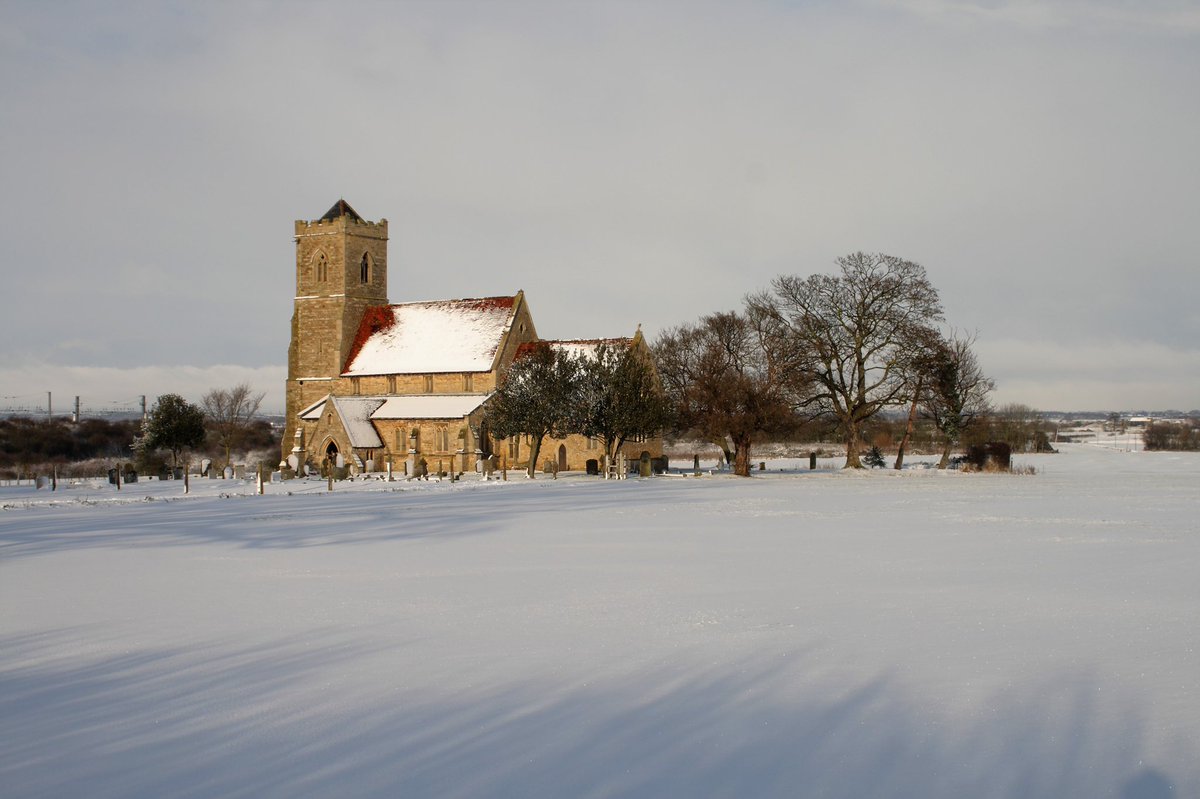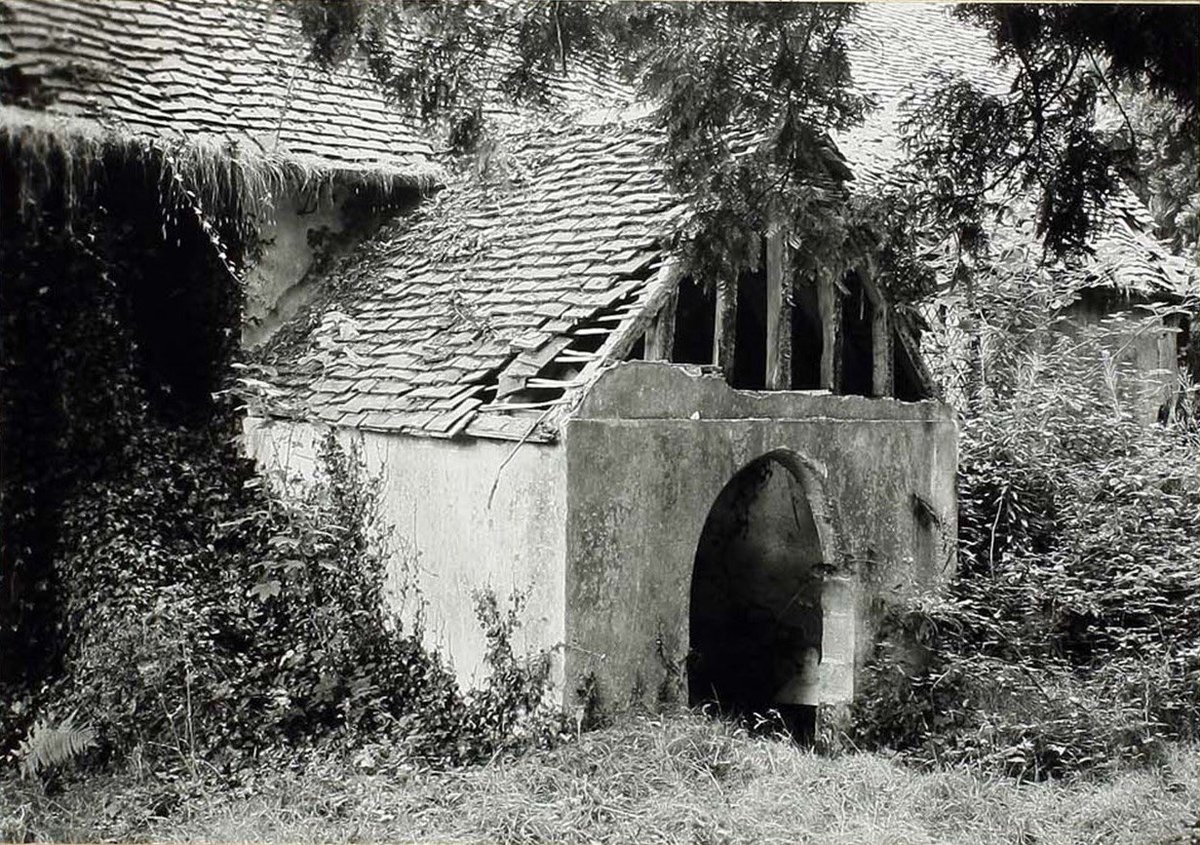
Aaron, High Priest of the Israelites, wore a breastplate of judgement. It was a sacred linen, tied with golden cords and studded with twelve gemstones – ruby, topaz, emerald, sapphire – set in gold filigree. This breastplate enabled Aaron to determine God’s will.
#thread
#thread

Exodus sets out in careful detail how the breastplate was made, “It is to be square – a span long and a span wide – and folded double. Then mount four rows of precious stones on it. The first row shall be Carnelian, Chrysolite and Beryl ...
2/
2/

... the second row shall be Turquoise, Lapis Lazuli and Emerald... Mount them in gold filigree settings. There are to be twelve stones, one for each of the names of the sons of Israel, each engraved like a seal with the name of one of the twelve tribes.”
3/
3/

In his re-invention of the sgraffito technique, artist and archaeologist Heywood Sumner enriched his work with mosaic and painted glass. At Llanfair Kilgeddin, Monmouthshire, Sumner’s 1888 masterpiece, Aaron’s bejewelled breastplate was a perfect opportunity for embellishment.
4/
4/

On his figure of Aaron, Sumner arranged coloured glass (no precious gemstones here) in a step-cut shape to create the impression of a jewelled breastplate.
Despite Exodus carefully setting out the rows of the gems, Sumner took artistic licence and created his own palate.
5/
Despite Exodus carefully setting out the rows of the gems, Sumner took artistic licence and created his own palate.
5/

Palette.
Typo. Sorry...
You deserve better!
Typo. Sorry...
You deserve better!
• • •
Missing some Tweet in this thread? You can try to
force a refresh























